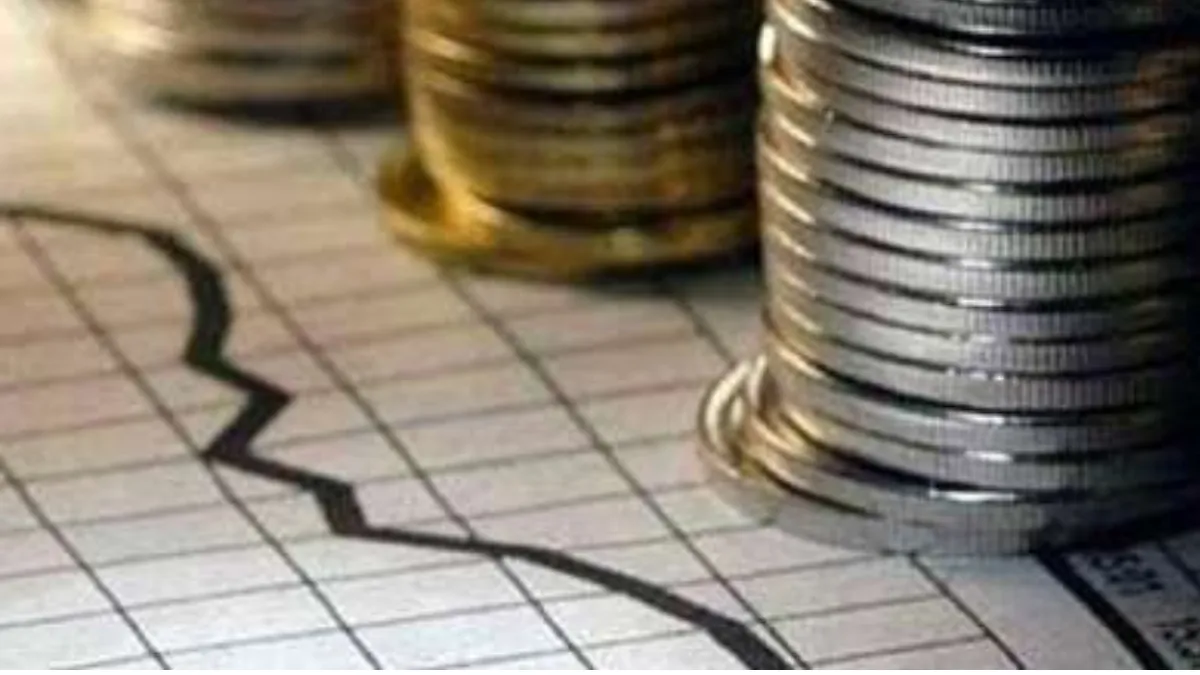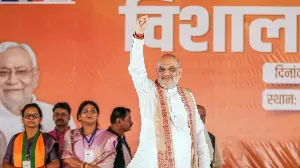India's Economic Growth Forecast Exceeds 6.8% Amid Tax Reforms

NEW DELHI: V Anantha Nageswaran, the Chief Economic Advisor to the Government of India, has expressed optimism regarding the nation's economic growth for the fiscal year 2026, predicting an increase exceeding 6.8%. His assessment is based on enhanced consumer spending, which has been stimulated by recent reductions in Goods and Services Tax (GST) rates and tax relief measures.
During his address at the CNBC-TV18 Global Leadership Summit 2025, Nageswaran stated, "I am comfortable looking at a number north of 6.8 per cent now. My original range was 6.3 to 6.8 per cent, as projected in the Economic Survey. Back in August, there were concerns about whether we would even reach the lower end of the 6-7 range."
He further elaborated, "Now I think there is a lot of comfort in saying that it would be definitely north of 6.5 and I am more comfortable saying even north of 6.8, but whether I will put a 7 handle in front of it, I will wait for the second quarter numbers to come out before I move even a notch higher."
India's gross domestic product (GDP) grew by 7.8% in the first quarter of FY26, a growth significantly supported by a thriving agricultural sector and a strong performance in services, which include trade, hospitality, finance, and real estate. For context, the previous high for GDP growth was recorded at 8.4% during the January to March 2024 period.
Despite facing various global economic challenges, India remains the fastest-growing major economy. For comparison, China's GDP increased by 5.2% during the April to June quarter.
Nageswaran also highlighted the potential benefits of a successful India-United States Bilateral Trade Agreement (BTA) in further enhancing growth prospects. He noted, "If by some chance, as we are still hoping, there is a resolution on the trade front, then the upward bias will become a mainstream forecast," expressing hope for a swift conclusion to the trade agreement, although he refrained from providing a specific timeline.
The United States had implemented significant tariffs, as high as 50%, on certain Indian goods beginning August 27, which included a 25% penalty on oil imports from Russia. The Trump administration justified these tariffs by citing India's ongoing crude purchases from Russia and various trade barriers.
As India continues to navigate its economic landscape, policymakers are focusing on measures to sustain growth and mitigate external pressures, signalling a proactive approach in the face of global uncertainties.

China's Fujian Aircraft Carrier Enters Service Amid Naval Expansion

Amit Shah Warns Bihar Voters Against Opposition in Election Rally

Concerns Grow Over AI Stock Valuations in India Amid Global Sell-Off

New US Visa Guidelines Impact Applicants with Health Conditions





